Sadako Sasaki In Hospital

Sadako In Her Bed At The Hospital With A Nurse And Some Of Her Paper Cranes Stock Photo Picture And Rights Managed Image Pic Dae Agefotostock

Story Of Sadako Sasaki And The Thousand Paper Cranes
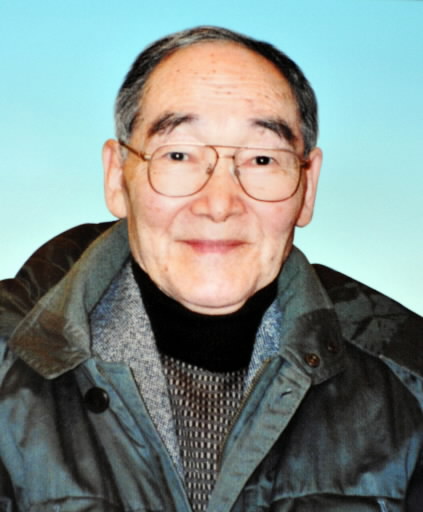
Notebook That Recorded Medical Treatment For Sadako Sasaki To Be Donated To The Peace Memorial Museum 中国新聞ヒロシマ平和メディアセンター

A Bomb Victim S Paper Crane Donated To Truman Library In U S The Japan Times
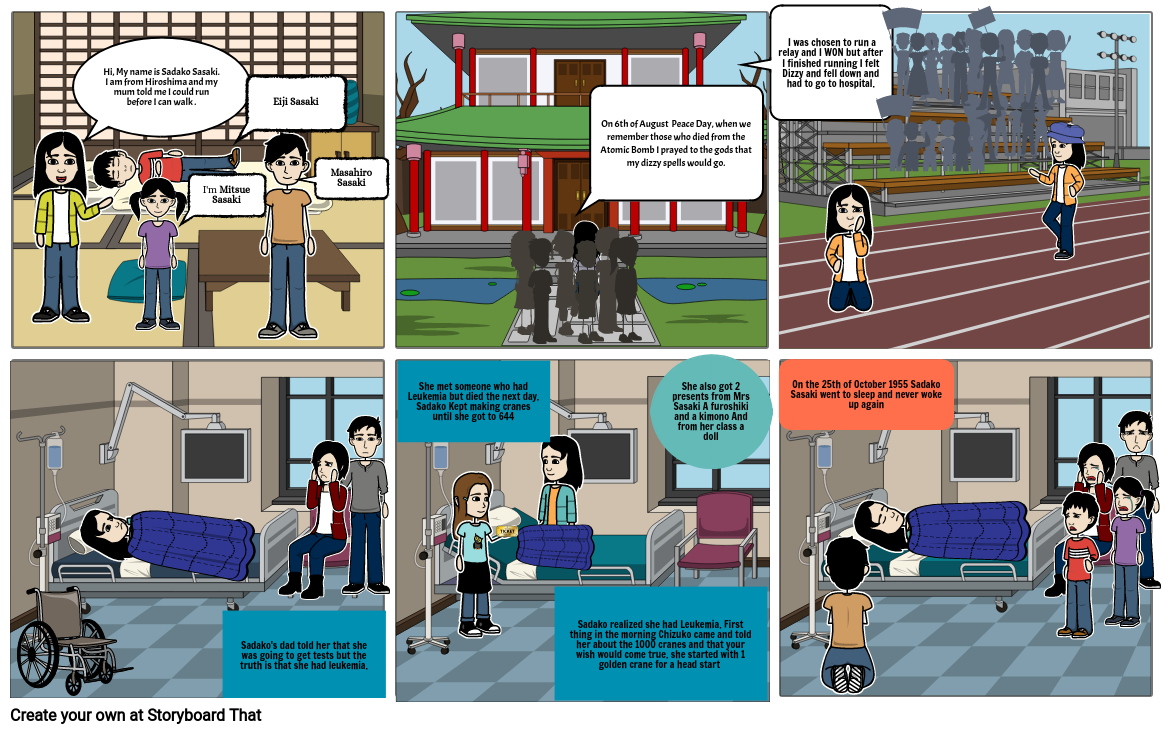
Sadako And The A Thousand Paper Cranes Storyboard

Sadako Sasaki Wikipedia
Sadako survived and grew up as an active girl who was good at sports One day, about ten years after she was exposed to radiation, she was diagnosed with cancer and was admitted to the hospital Prayer expressed through a thousand cranes When Sadako was in the hospital, she received an origami crane as a getwell wish.

Sadako sasaki in hospital. Sadako Sasaki inspired the world with her origami peace cranes She folded thousands from her hospital bed before she tragically died from the longterm effects of the atomic bomb dropped on Hiroshima The Elders are marking the 75th anniversary of the bombing by honouring the memory of Sadako, and we invite you to join us. Bomb In February 1955, Sadako was sent to a hospital and she remained there to receive treatment While she was in hospital, Sadako’s father told her about the ancient Japanese legend of the 1000 paper cranes It explains that anyone who can fold 1000 origami cranes will be granted a wish Sadako spent her days in the hospital. On Mr Yuji Sasaki, from Okinawa, Japan, donated an origami crane made by his aunt, Sadako Sasaki, to the USS Missouri in Honolulu, Hawaii as a symbol of peace Sadako Sasaki had folded the crane while she was in the hospital fighting leukemia hoping the legend of 1,000 cranes could help her live.
Sadako Sasaki in the Hospital She was taken to the Red Cross Hospital where she was carefully examined and a sample of her blood taken Sadako was diagnosed with what her and her friends knew as ‘atom bomb disease’ – Leukemia She was given less than a year to live Sadako and her family were devastated. Score 46/5 ( 33 votes ) Sadako Sasaki was a girl who became famous for folding origami cranes while she was dying from leukemia Sadako was born in 1943 and lived in Hiroshima, where an atomic bomb was dropped in August 1945. Born in 1943, Sadako Sasaki was just two years old when the American pilot Paul Tibbet flew his B29 bomber, the Enola Gay, over Hiroshima, Japan On , by order of then President Harry S Truman, Paul and his crew dropped one of two atomic bombs over the city Sadako was one of.
This book tells the story of a young girl, Sadako Sasaki, an innocent victim of war While in the hospital, twelveyearold Sadako folded one thousand paper cranes in the hope of recovering from her atomic bombinduced disease, and then she continued folding another one thousand paper cranes for her father. Sadako Sasaki (佐々木 禎子, Sasaki Sadako, – ) was a Japanese girl who became a victim of the Atomic bombings of Hiroshima and Nagasaki when she was two years old Though severely irradiated, she survived for another ten years, becoming one of the most widely known hibakusha – a Japanese term meaning "bombaffected person". Sadako was a patient at the Hiroshima Red Cross Hospital for treatment, where she was given blood transfusion.
Now, the family of Sadako Sasaki, who died at 12 of radiationinduced leukaemia a decade after the attack, wants the flame to be taken to. Sadako Sasaki was just waking up, around 8am on 6th August 1945 The First Atom Bomb of the world exploded over the Hiroshima Hospital 70 000 people turned to ashes in 3 Seconds The heat wave generated was 3000 degrees, Winds sped up at 1 kilo meters per hour, on its return to ground zero, it created vacuum and sucked the eyeballs and. Sadako Sasaki () was a Japanese hibakusha, a Survivor of the US atomic bombings at the end of World War 2 She and her parents survived, but Sadako died of radiationinduced illness at.
Sadako’s friends from school took turns visiting her in the hospital On , Sadako’s best friend, Chizuko Hamamoto, took up a piece of paper and began folding it into a paper crane and reminded Sadako of the Japanese saying about the paper cranes Those who fold 1000 paper cranes are granted a wish. As she lay in her hospital bed, Sadako folded paper cranes It is a folk belief that a crane can live for 1,000 years and that if you fold 1,000 paper cranes they. To all appearances she was a.
Sadako had become a young woman that her mother was proud of It was a rite of passage PAGE 28 1 Evidence and Conclusions When Sadako falls, her secret dizziness is discovered How do you know that the hospital was a scary place for Sadako?. Sadako Sasaki inspired the world with her origami peace cranes She folded thousands from her hospital bed before she tragically died from the longterm effects of the atomic bomb dropped on Hiroshima. Parts of this hospital were for patients with the atom bomb sickness,.
Subject Literacy & the Arts Topic Sadako Sasaki/Peace/Community Service Purpose The purpose of this lesson is to hear the story of Sadako Sasaki and how her classmates used her story to promote peace in the world to create a class peace message and make 1,000 paper cranes to send to Sadako’s monument While in the hospital, her friend. 10 years later, Sasaki was diagnosed with acute malignant lymph gland leukemia (referred to as atomic bomb disease” in Hiroshima) She died on , aged just 12 Her memory, though, lives on thanks to the more than 1,000 paper cranes she folded while ill in the hospital YouTube BBC Studios. On , the United States dropped an atomic bomb on the city of Hiroshima Ten years later, 12yearold Sadako Sasaki died of radiation sickness Her classmates raised money to erect a children’s monument in Hiroshima’s Peace Park and triggered a worldwide effort by children to fold thousands of origami paper cranes as their prayers for peace on earth.
That is why it came as such a surprise when at the age of twelve, Sadako began to show symptoms of leukemia, and had to be admitted into the hospital While in the hospital, Sadako remained optimistic and resilient Even though Sadako was sick, she continued to bring happiness and cheer to her family and friends. Now, the family of Sadako Sasaki, who died at 12 of radiationinduced leukaemia a decade after the attack, wants the flame to be taken to. The story of Sadako Sasaki has made the origami crane a Peace Crane, an international symbol of peace Sadako was born in 1943 in Hiroshima She was just two years old when the atom bomb was dropped on 6th August 1945 Sadako grew;.
Yet, Sadako’s story still resonates with many people today Sadako and family lived a little over one mile from the bomb’s hypocenter Did Sadako die?. Sadako was two years old when the atomic bomb was dropped on Hiroshima. Sadako Sasaki On August 6th, 1945, Sadako Sasaki was two years old when the United States Air Force pilot Paul Tibbett flew his B29 bomber plane over Hiroshima, Japan The Enola Gay, unlike the numerous other B29 bombers that had flown over Hiroshima in recent days and weeks, was unlike any prior B29 bomber.
Share Japanese American National Museum Events Share Born in Hiroshima, Japan, Sadako Sasaki was two years old when the atomic bomb was dropped on the city When she was twelve, she contracted leukemia and was hospitalized One of her roommates at the hospital told her about the Japanese belief that anyone. Sadako Sasaki was born on , and her short life was over on When she was only two years old, the atomic bomb was dropped by the United States on Japan Sadako lived near Misasa Bridge in Hiroshima where the bomb was dropped on She was unfortunately a victim of the. Sadako Sasaki was only two years old when the atomic bomb was dropped on Hiroshima She developed leukaemia as a result of the radioactive rain that fell over her city and was hospitalised in 1955 While in hospital, she was inspired.
Sadako found out that she had leukemia, a kind of blood cancer Nobody could believe it At that time they called leukemia the “Abomb disease” Almost everyone who got this disease died, and Sadako was very scared She wanted to go back to school, but she had to stay in the hospital where she cried and cried Shortly thereafter, her best friend, Chizuko, came to visit her. Sadako Sasaki Sasaki had set out to fold a thousand paper cranes while in hospital after she learned of the folklore that doing so would make a wish come true Her older brother Masahiro, also an atomicbomb survivor and now 80, and her nephew Yuji, 51, have been using her story to convey the preciousness of life around. Sadako's 4,675 Days of Life Sadako Sasaki was born in 1943 and experienced the bombing at age two She was healthy and athletically gifted growing up, but ten years after the bombing, she was suddenly hospitalized The diagnosis was leukemia One day, a.
(CNN) When Sadako Sasaki lay in her hospital bed sick with leukemia, she showed her father origami cranes from local school girls "When. In 1955, at age 11, Sadako was diagnosed with leukemia, a type of cancer caused by the atomic bomb Photo from wikipediacom While in the hospital, Sadako started to fold paper cranes In Japan, there is a belief that if you folded 1000 paper cranes, then your wish would come true Sadako spend 14 months in the hospital, folding paper cranes with whatever paper she could get. Sadako enters the hospital Soon after winning the relay on Field Day, there were signs that something was wrong with Sadako She caught a cold and felt a stiffness in her neck When the cold went away, the stiffness stayed By early 1955, Sadako's face looked swollen After undergoing various tests, the doctor told Shigeo in February, "Sadako has leukemia.
Sadako Sasaki Wikipedia This book tells the story of a young girl, Sadako Sasaki, an innocent victim of war While in the hospital, twelveyearold Sadako folded one thousand paper cranes in the hope of recovering from her atomic bombinduced disease, and then she continued folding another one thousand paper cranes for her father. Sadako Sasaki Sadako Sasaki statue in Hiroshima Peace Memorial Park Attribution Max Nossin Sadako was two years old when the atomic bomb was dropped on Hiroshima She developed leukemia when she was twelve years old In the hospital, she learned of the legend that folding 1,000 paper cranes will grant you a wish. The Story Of Sadako Sasaki Sadako Sasaki was two years old when the bomb was dropped on her home city of Hiroshima on Sadako seemed to escape any ill effects after her exposure to the bomb, until, ten years later, she developed leukemia, "the atom bomb disease" When she was in the hospital, her friend Chizuko.
Masahiro Sasaki The size of Sadako’s paper cranes changed from this size to much smaller ones Perhaps you know that it’s very hard to make small paper cranes Sadako couldn’t sit up in bed so she folded small paper cranes while lying in bed using a needle during her last days. Sadako Sasaki was a twelveyearold girl living in Hiroshima, Japan in 1955 She loved school and she loved sports She liked making picture books, and she had won the City’s 100meter race for twelveyearolds One day Sadako became sick and ended up in the hospital where she was diagnosed with leukemia, a cancer of the blood. The story of Sadako Sasaki starts with sadness Born on she was a baby in wartorn Japan, and the world she saw was born into was one of chaos On , the B29 bomber.
Sadako Sasaki was only two at the time, and until she was twelve, she grew strong and healthy She was the fastest runner on her school relay team One day at school Sadako felt strange and dizzy, a feeling she would keep secret until weeks later, while running, everything seemed to whirl about her, and she sank to the ground. Now, the family of Ms Sadako Sasaki, who died at 12 of radiationinduced leukaemia a decade after the attack, wants the flame to be taken to the site of the deadly Japanese attack to promote peace. Sadako Sasaki/Date of death Search for Did Sadako die How did Sadako get leukemia?.
Sasaki recites the exact day Sadako entered the hospital – Feb 21, 1955 Their father was told that Sadako had leukemia and had three months to a year to live There would be good days and bad.

The Girl That Became Hiroshima S Icon For World Peace Sadako Sasaki And The 1000 Paper Cranes Youtube

The Story Of Sadako Sasaki And The Hiroshima Peace Cranes

About Sadako Sasaki Peace Crane Jewelry
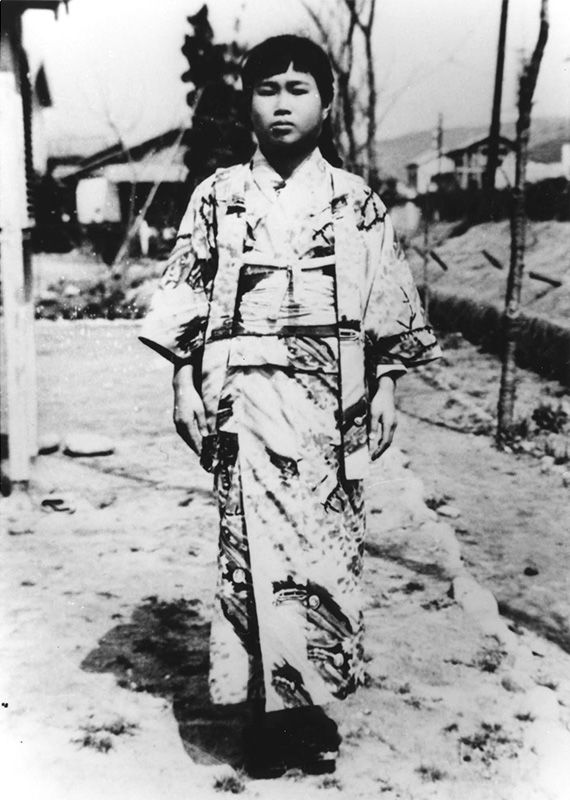
Paper Cranes Bringing Hope To The World Nippon Com

Special Exhibition 2
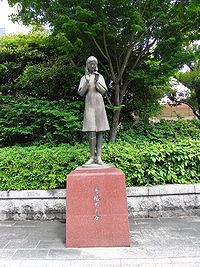
Sadako Sasaki
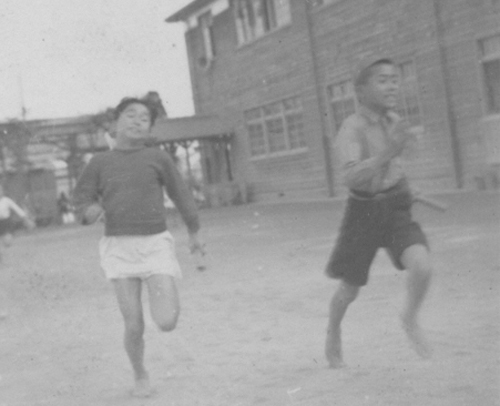
The Girl Who Transformed The Paper Crane Into The Symbol For Peace And Hope Huffpost Null
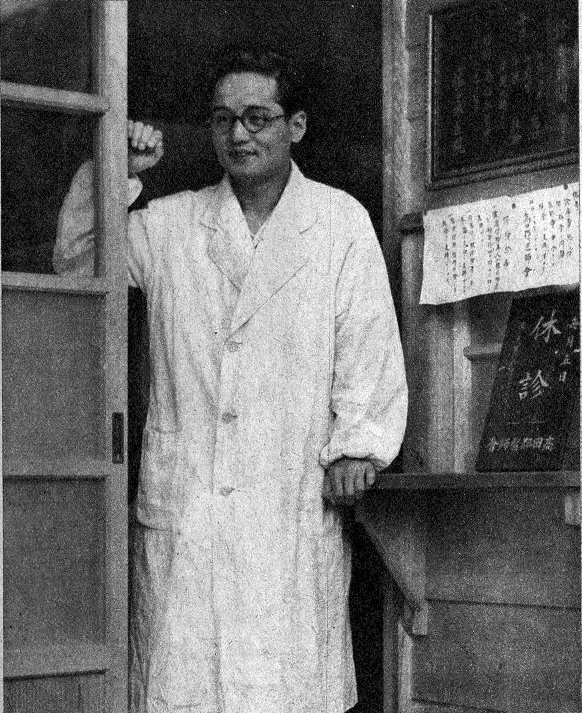
Terufumi Sasaki Wikipedia

Hiroshima Peace Day Sadako Sasaki And The Paper Cranes Parenta Com
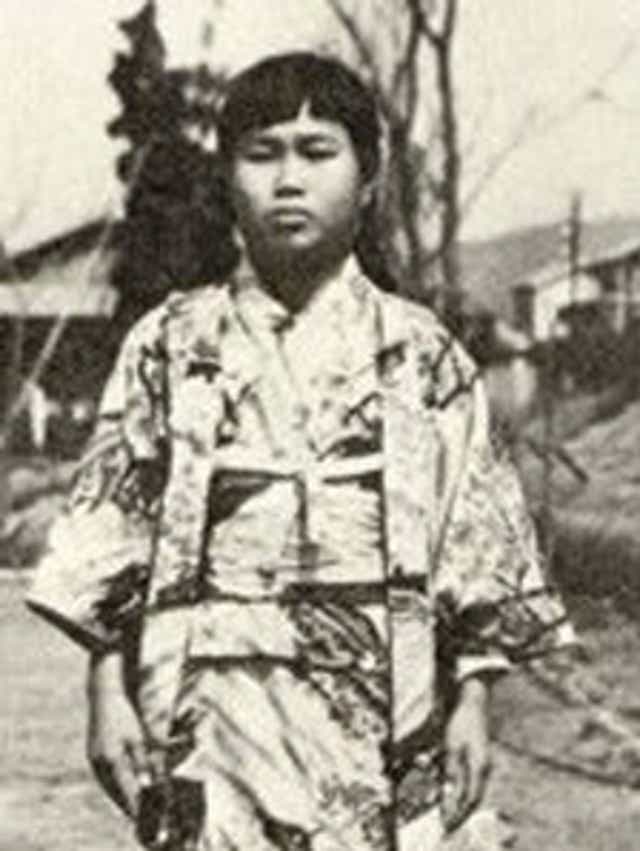
To 1 000 Cranes At Hiroshima Obama Adds Two More

The Elders One Day In Summer Sadako Asked Me To Go To The Rooftop Of The Hospital To See The Stars Oni Chan Meaning Older Brother We All Become Stars After We

A Bomb Victim S Paper Crane Donated To Wwii U S Battleship
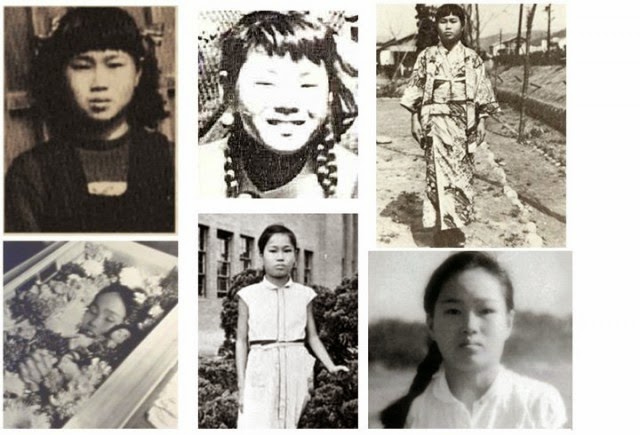
Wow Origins Of Ghosts True Story Of Sadako In Japan

Sadako Sasaki The Great Peacemakers
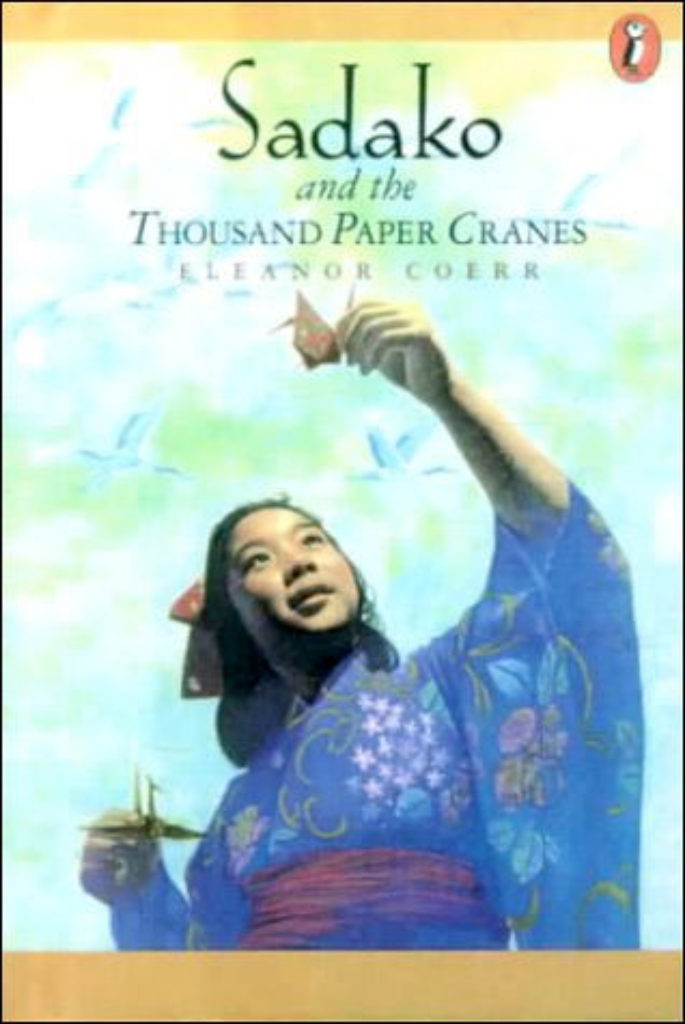
Sadako And The Thousand Paper Cranes Plugged In
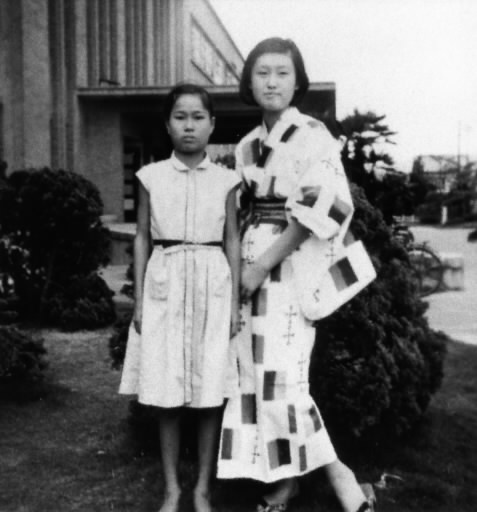
History Of Hiroshima 1945 1995 Part 14 Article 1 中国新聞ヒロシマ平和メディアセンター

Special Exhibition 2
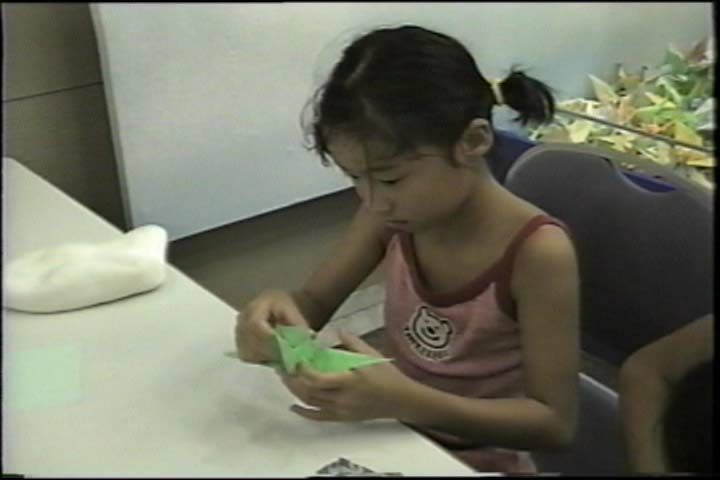
Unaff 03
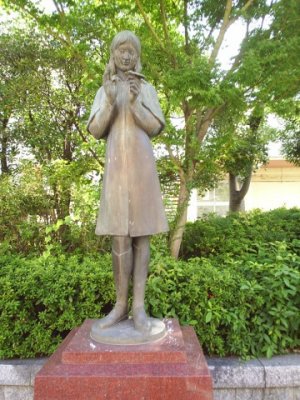
Garden Of Praise Sadako Sasaki Biography
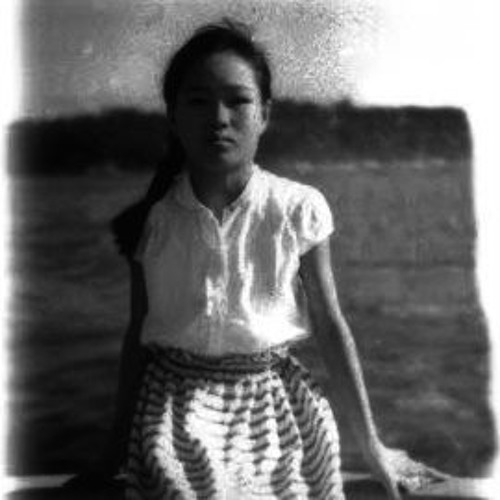
Stream Sadako Sasaki By Gantz Listen Online For Free On Soundcloud

Evening Will Come

Remembering Sat Chan Sadako Sasaki S 75th Birthday And How Little The World Has Changed Marc Manley

The Story Of Sadako Sasaki

60 Years After Sadako Sasaki S Death The Story Behind Hiroshima S Paper Cranes Is Still Unfolding The Japan Times

The Complete Story Of Sadako Sasaki By Sue Dicicco

Sadako The Horror Story From Japan Steemit

Sadako Sasaki My Hero

The Lost Sock Rainbow Origami Crane Mobile
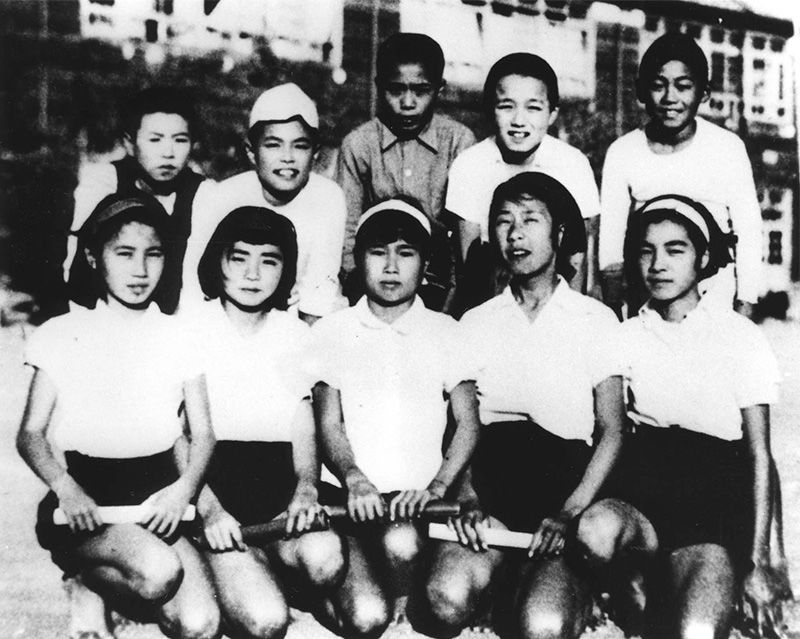
Paper Cranes Bringing Hope To The World Nippon Com

From Hiroshima To 9 11 A Girl S Origami Lives On Cnn Com

Sadako In Her Bed At The Hospital And Some Of Her Paper Cranes Stock Photo Picture And Rights Managed Image Pic Dae Agefotostock

Paper Cranes Taylor Is Perfect

Unofficial Knowledge Is Power The Story Of Sadako Sasaki Sadako Was Two Years Old When The Atomic Bomb Was Dropped On Hiroshima She Was Two Kilometers Away From Where The Bomb

Hiroshima S Children Remember Sadako Sasaki By Pam Mcallister

00 Paper Cranes A Memorial To Sadako Sasaki Album On Imgur
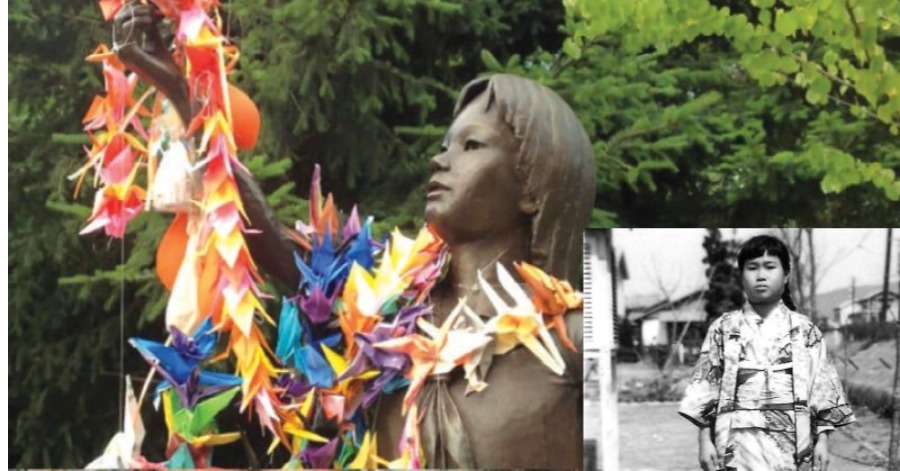
The Story Of Sadako Sasaki And The 1 000 Hiroshima Peace Cranes

Sadako In Her Bed At The Hospital With A Nurse And Some Of Her Paper Cranes Stock Photo Picture And Rights Managed Image Pic Dae Agefotostock

Six And A Half Decades After Little Boy Hiroshima Fights To Keep Memory Of Nuclear Attack Alive Der Spiegel

Children S Hospital Los Angeles Simone 8 Was Diagnosed With Leukemia Earlier This Year When She Arrived At Children S Hospital Los Angeles For Her First Admission She Learned She Was Going To

Remembering Sadako Sasaki She Just Wanted To Live Middle East Revised

Paper Cranes Folded By Sadako Sasaki Sadako Sasaki 佐々木 禎子 Flickr

Sadako And The Thousand Cranes
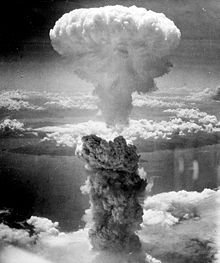
Sadako Sasaki And The Legend Of The 1 000 Cranes Japan Activator
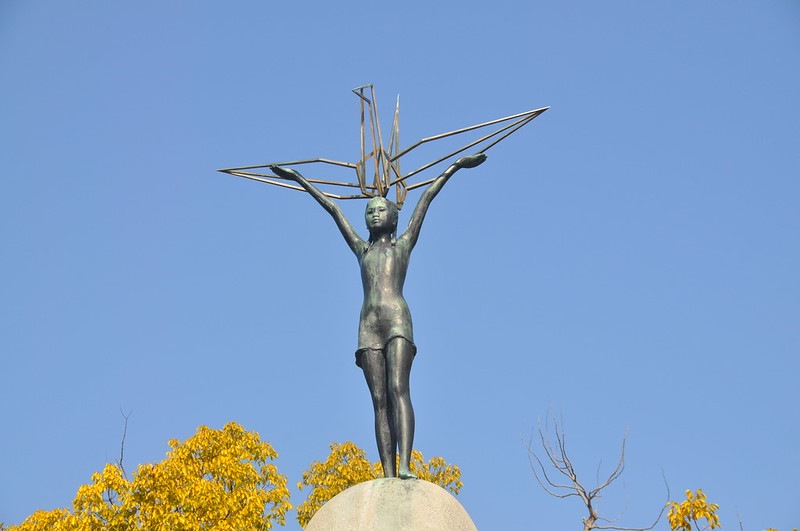
The Story Of Sadako Sasaki U S National Park Service

Sadako And The Thousand Paper Cranes Ch 8 Youtube

Special Exhibition 1
1

A New Home For Sadako S Crane Rafu Shimpo
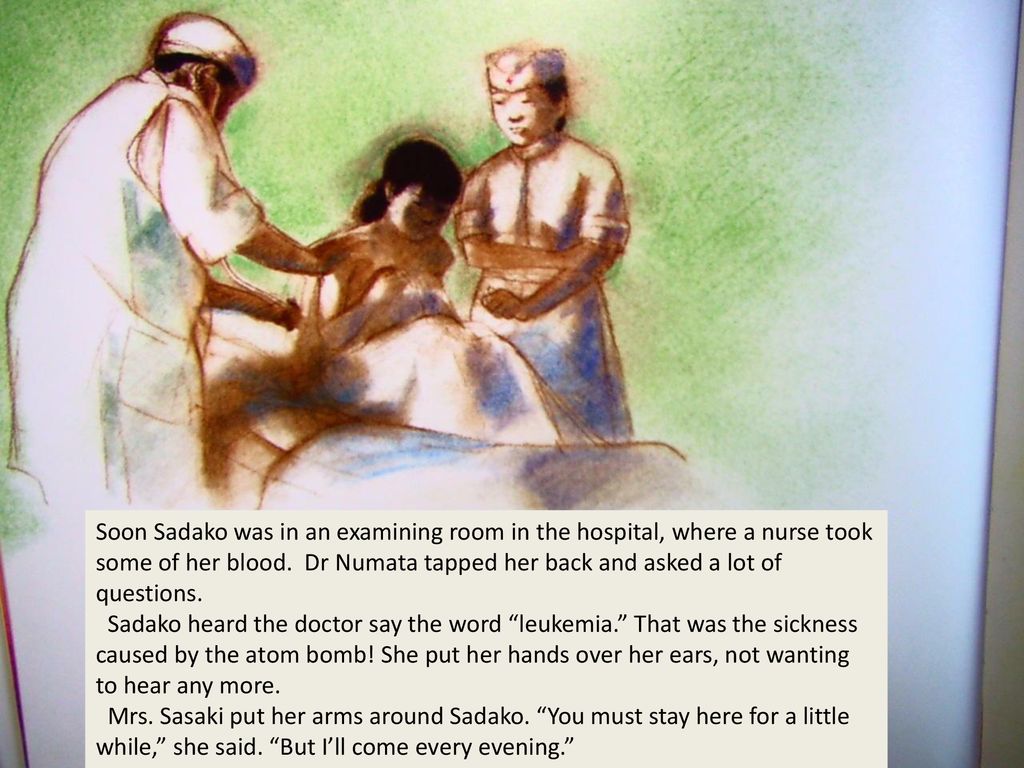
One Morning In August 1954 Sadako Sasaki Looked Up At The Blue Sky Over Hiroshima And Saw Not A Cloud In The Sky It Was A Good Sign Sadako Was Always

Column 2 Yoko And Sadako Children Under The Mushroom Cloud Hiroshima For Global Peace

The Tragic Story Of A Japanese Girl Who Made America Feel Guilty By Maria Milojkovic Ma Lessons From History Medium

Sadako Sasaki Tragedy Hope And 1 000 Paper Cranes

Sadako Sasaki Alchetron The Free Social Encyclopedia

Sadako And The 1000 Paper Cranes 1000 Paper Cranes Paper Crane Novel Studies

Sadako Sasaki My Hero
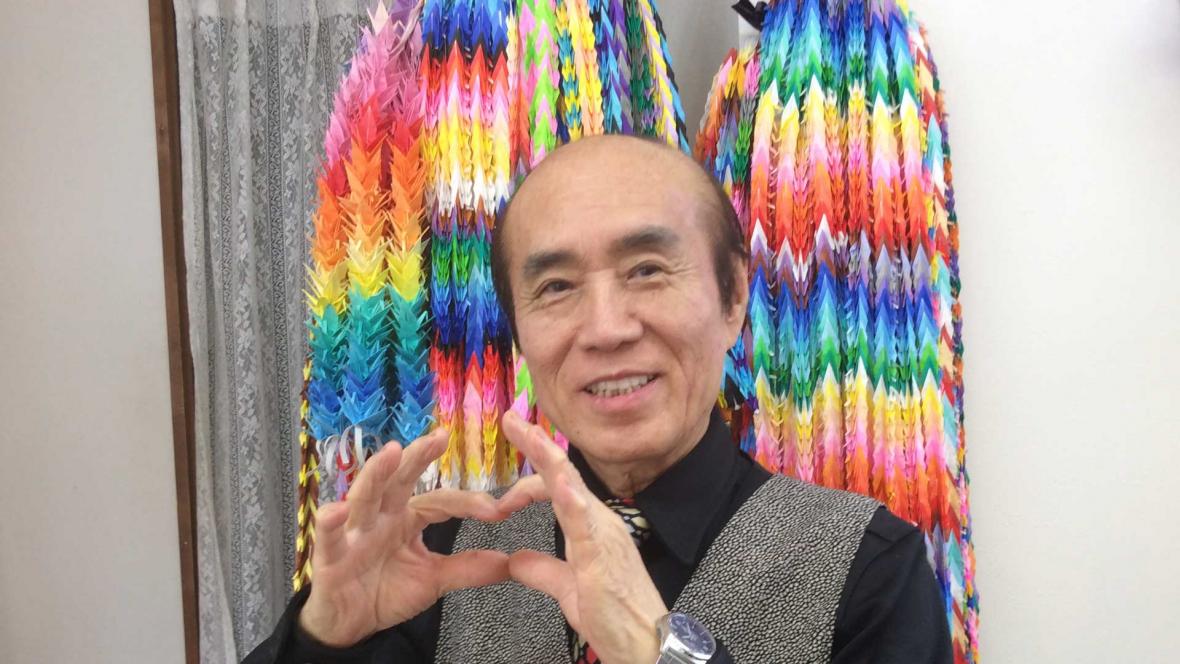
Masahiro Sasaki On Surviving The Atomic Bombing Of Hiroshima His Sister Sadako And His Mission To Advance Peace
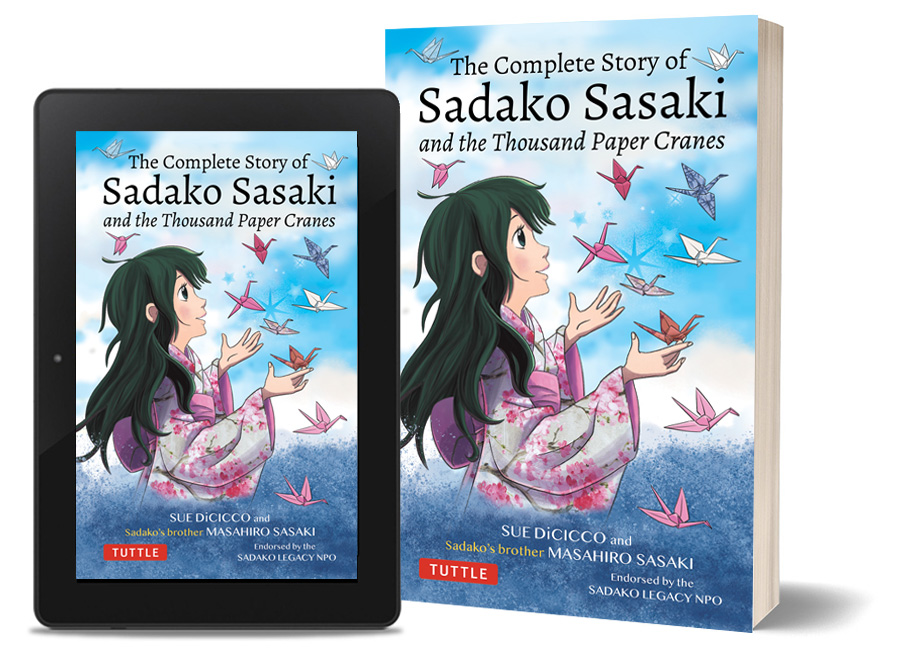
Sadako Sasaki

Anne Frank And Sadako Sasaki Two Girls That Symbolize The Horrors Of War The Japan Times

Special Exhibition 1
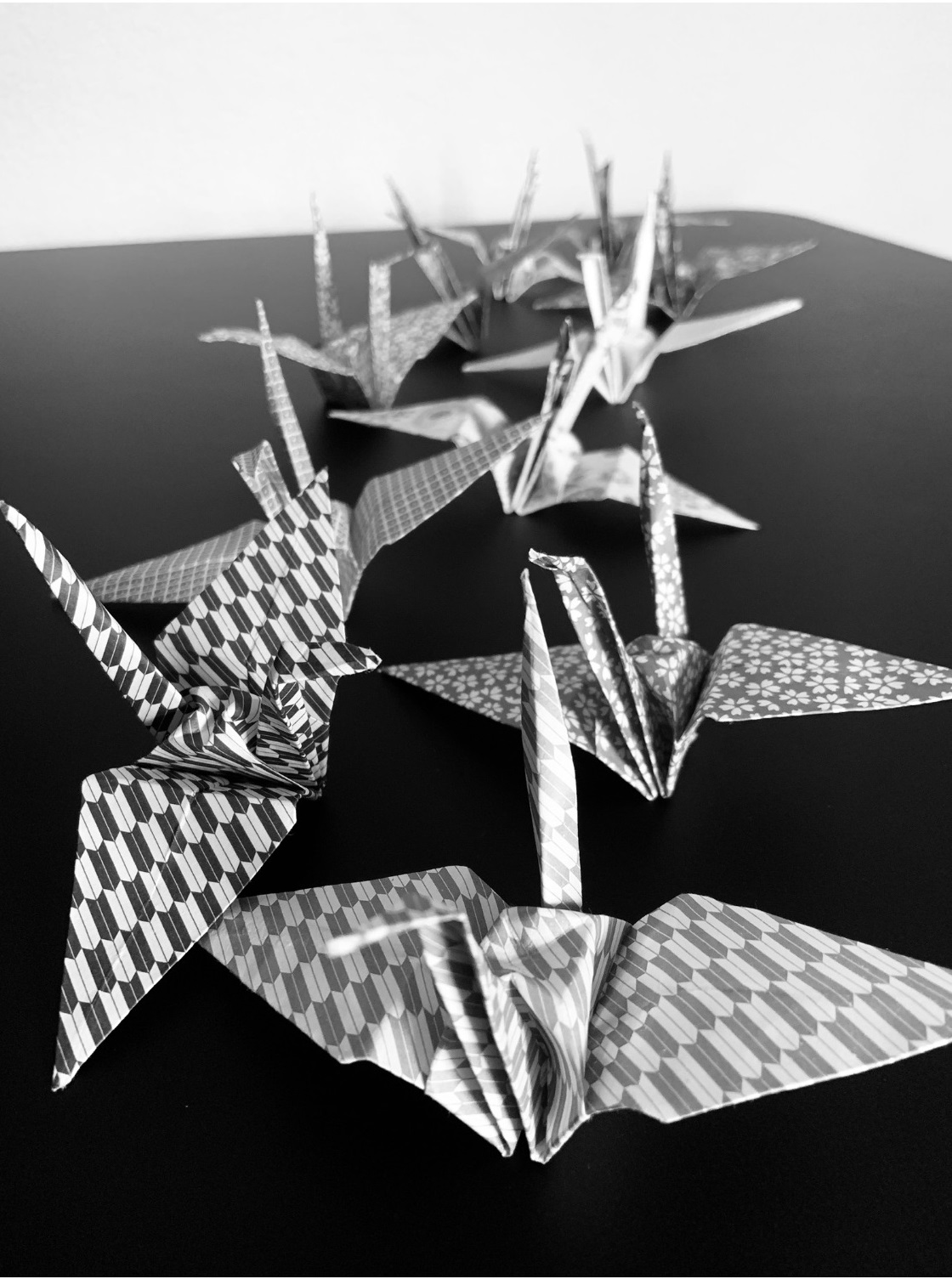
The Story Of Sadako Sasaki U S National Park Service

The Pacifist Footprint Of Sadako Sasaki Archyde
1

The Japanase Girl Who Inspired 1000 Irish Paper Cranes Irish Red Cross

The Story Of Sadako Sasaki And The Hiroshima Peace Cranes
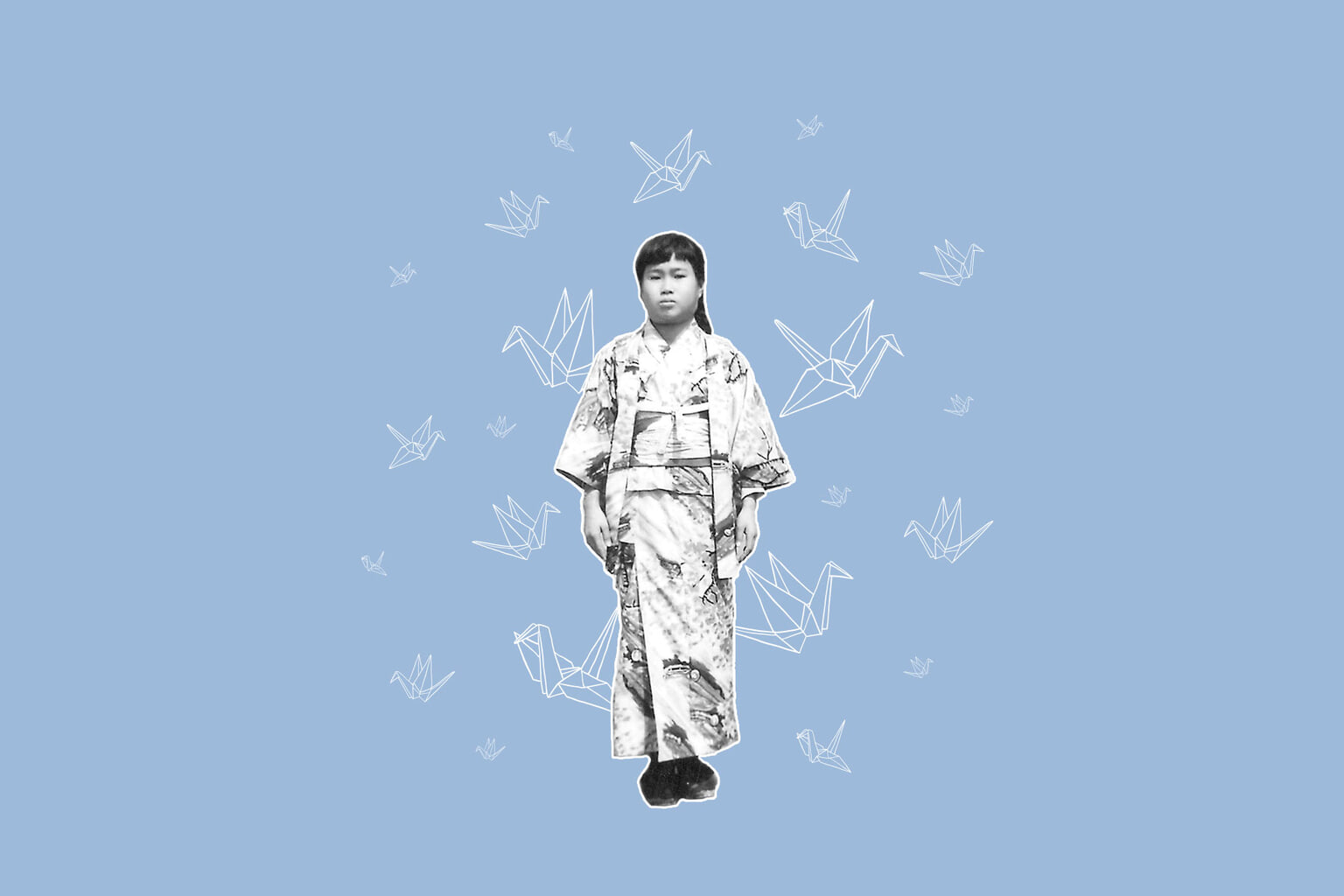
Sadako Sasaki The 1 000 Paper Cranes Tokyo Weekender
2

Making Paper Cranes In Memory Of Sadako Sasaki Hibakusha Stories

Crafty Moms Share The Complete Story Of Sadako Sasaki And The Thousand Paper Cranes A Look At The Other Side Of Wwii And The Atomic Bomb

The Hiroshima Child Sadako Sasaki Stock Footage Video 100 Royalty Free Shutterstock

Sadako Sasaki Alchetron The Free Social Encyclopedia
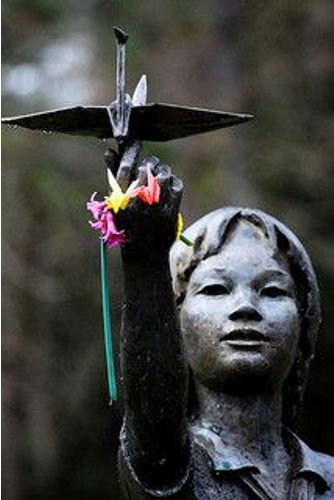
10 Facts About Sadako Sasaki List Fact
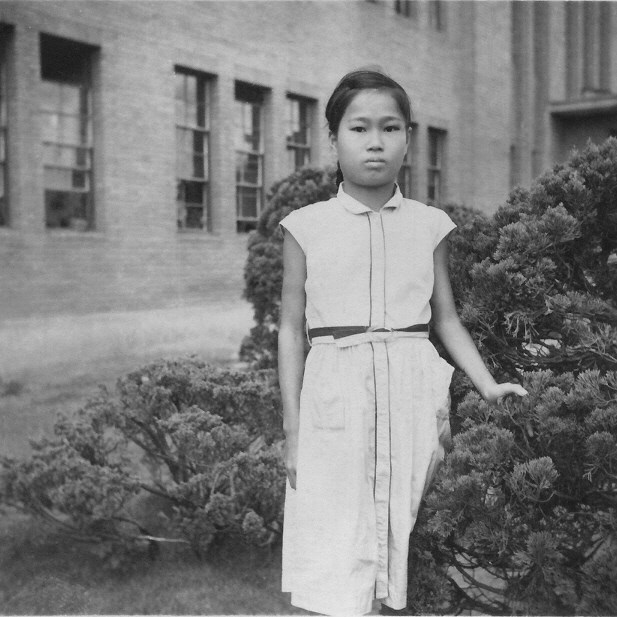
The Story Of Sadako Sasaki U S National Park Service

Special Exhibition 2

In Memory Of Sadako Sasaki And The Others Victims
1

60 Years After Sadako Sasaki S Death The Story Behind Hiroshima S Paper Cranes Is Still Unfolding The Japan Times

Sadako Sasaki Mondaymissilereview

Flight Of A Sadako Crane Pieces Of History

Hiroshima S Daughter Sadako Sasaki Newspaper Dawn Com

Sadako Sasaki Tragedy Hope And 1 000 Paper Cranes By Interesting Shit Medium
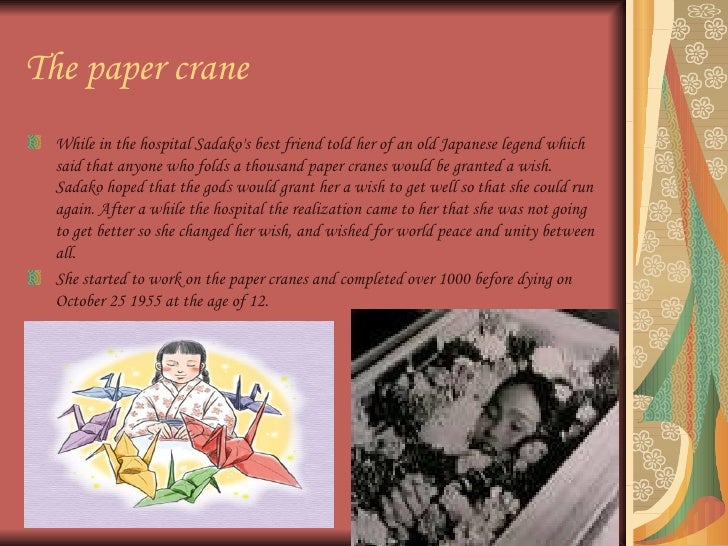
Sadako Sasaki Memorial
1
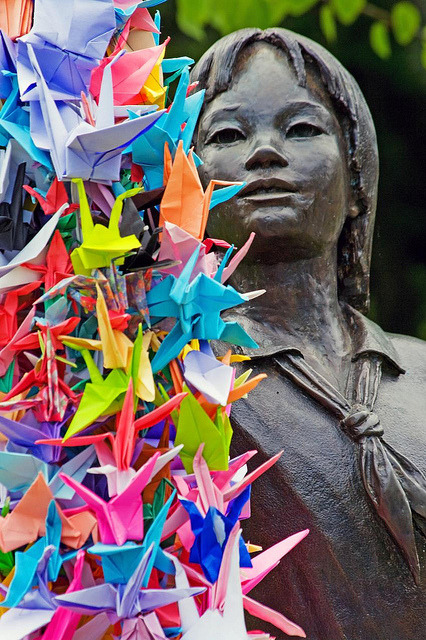
Japan And Japanese Culture Sadako Sasaki And The Senbazuru

In Remembering Hiroshima One Girl S Heartbreak Reaches Across Language And Culture Whyy

How Paper Cranes Became A Symbol Of Healing In Japan National Geographic Society Newsroom

Peace Symbols Metal Replicas Of A Bomb Victim S Paper Cranes The Asahi Shimbun Breaking News Japan News And Analysis

The Complete Story Of Sadako Sasaki Castle View Academy

The True Story Behind Sadako And The Thousand Paper Cranes
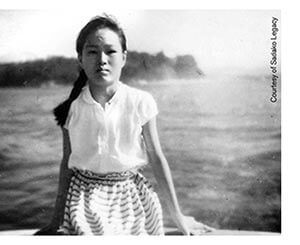
Public Program And Ceremonial Donation Of Original Origami Crane Folded By Sadako Sasaki Truman Library Institute

Sadako In Her Bed At The Hospital With A Nurse And Some Of Her Paper News Photo Getty Images

Sadako Sasaki S Brother To Speak At Peace Event At Jaccc Rafu Shimpo

Sadako Sasaki The Great Peacemakers

Film On Bomb Hit Hiroshima Girl Sadako To Show Her Compassion Through Origami Cranes The Mainichi

Musical Inspired By Sadako Sasaki To Premiere In Nyc Japanculture Nyc

佐々木 禎子 Sadako Sasaki And The Thousand Paper Cranes Ppt Download
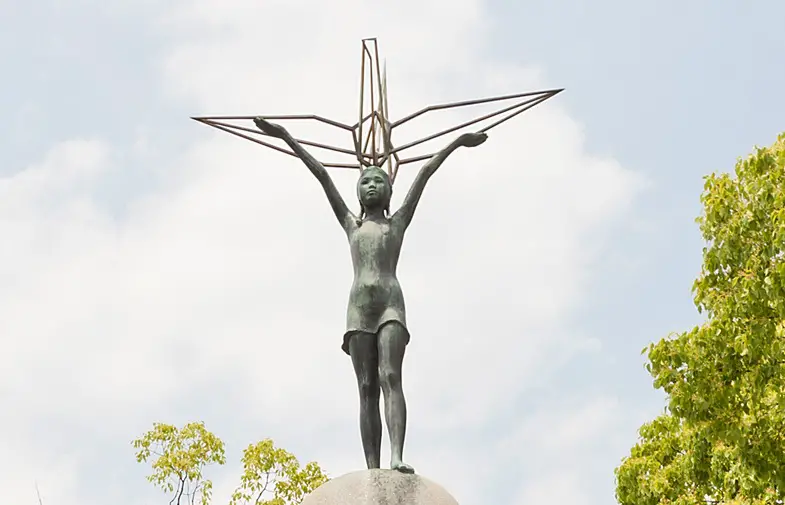
The Story Of Sadako Sasaki Origami Expressions
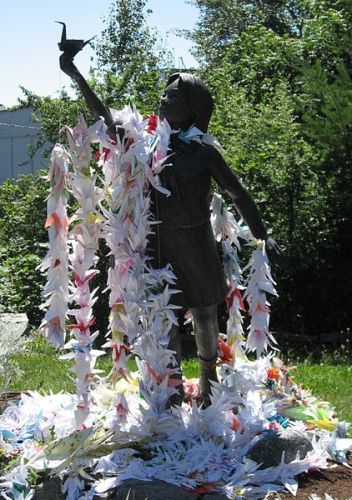
10 Facts About Sadako Sasaki List Fact
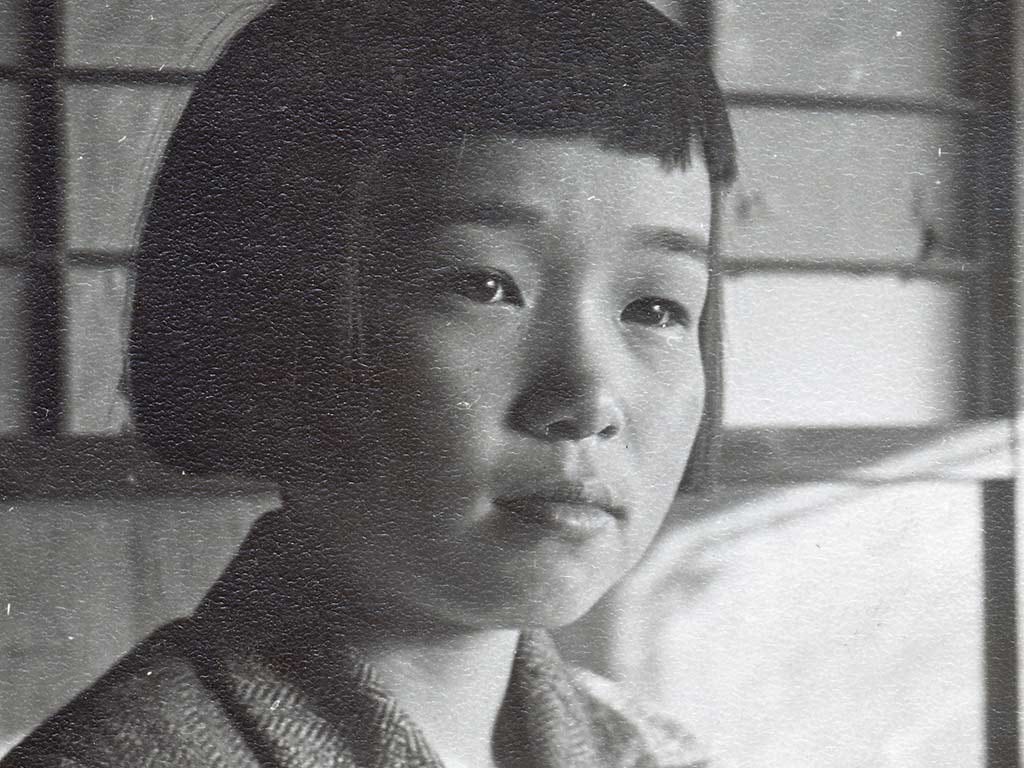
Sadako Sasaki Tragedy Hope And 1 000 Paper Cranes By Interesting Shit Medium



